Clean and minimalist: Christ & Gantenbein’s newest extension to the Kunstmuseum Basel

Basel's leading cultural destination, the Kunstmuseum, has seen several moves and expansions since its very first home, set up with the Basilius Amerback art collection in the 17th century. In more recent times, it moved to its current location – the building on St Alban-Graben – in 1936, which was consequently extended once in 1980.
Still, the art museum was slowly outgrowing its space, and a new wing soon became necessary to cover the needs of a growing collection and the thriving museum's requirements for different ways to present art. Enter Swiss architects Christ & Gantenbein, who masterminded the museum's latest expansion. This would not only allow the creation of space to breathe in the original buildings, but also allow for further gallery space as well as valuable storage surface.
Its sleek contemporary form is now located across the street from the main building, connected to it via an underground passage, its volume cutting a contemporary figure clad in grey brick outside, and marble, concrete and oak inside.
It was one of the architects' key aims to design a building that creates a dialogue with the old Kunstmuseum. 'The idea was that it should enter into a dialogue with the main building; not to outshine it, but to enhance and empower it', they explain.
Practical elements, such as a loading bay for precious deliveries, were keenly incorporated into the new design. A visitor-friendly ticketing and cloakroom services, as well as multipurpose event spaces, such as a large foyer, were part of the new building too, in order to cater for events, performances, and education and outreach programs.
The museum's newest extension – and Basel's latest architectural landmark – is now open to the public. It will host temporary shows as well as exhibitions from the permanent collections.

The structure is minimalist inside out, with clean shapes and a neutral colour pallete.

The new building is set across the street from the existing Kunstmuseum structure – the two are connected by an underground passageway.
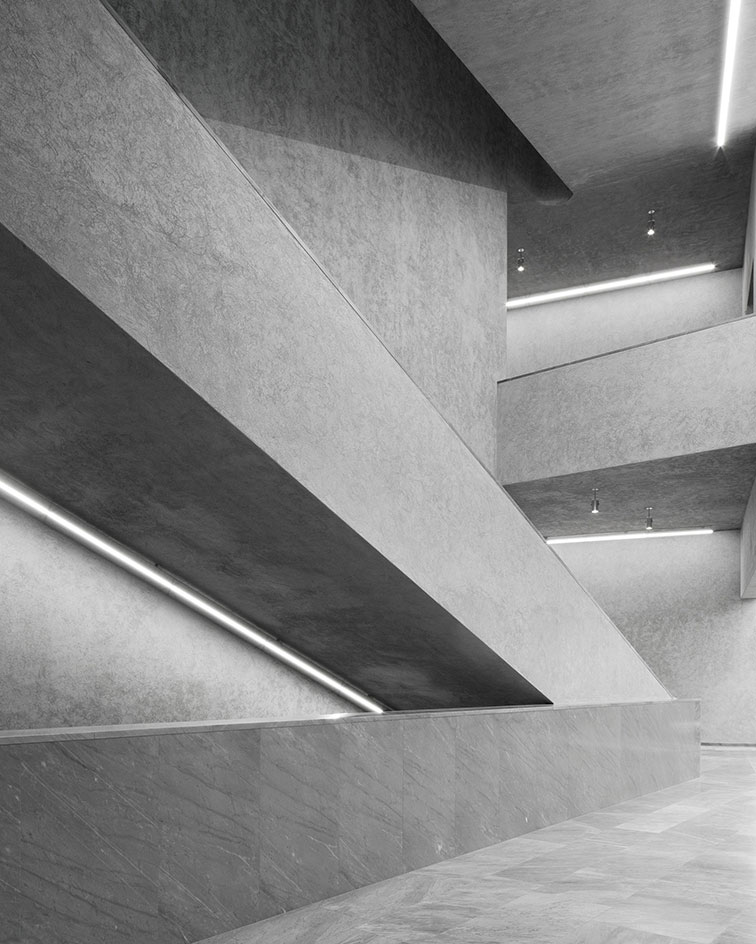
The extension includes a visitor-friendly ticketing and cloakroom services, as well as multipurpose event spaces, such as a large foyer.

Its gallery spaces will host temporary shows as well as exhibitions from the permanent collections.

Sleek grey marble, as well as naked concrete and oak wood, finish the interiors.
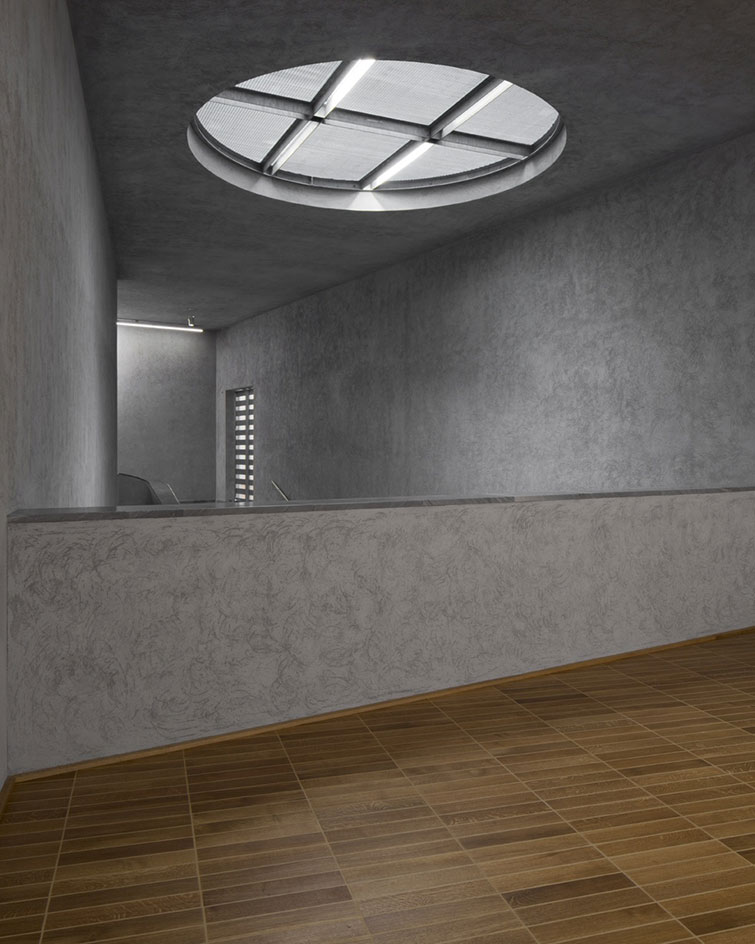
At the same time, the building will be used for events, performances, and education and outreach programs.
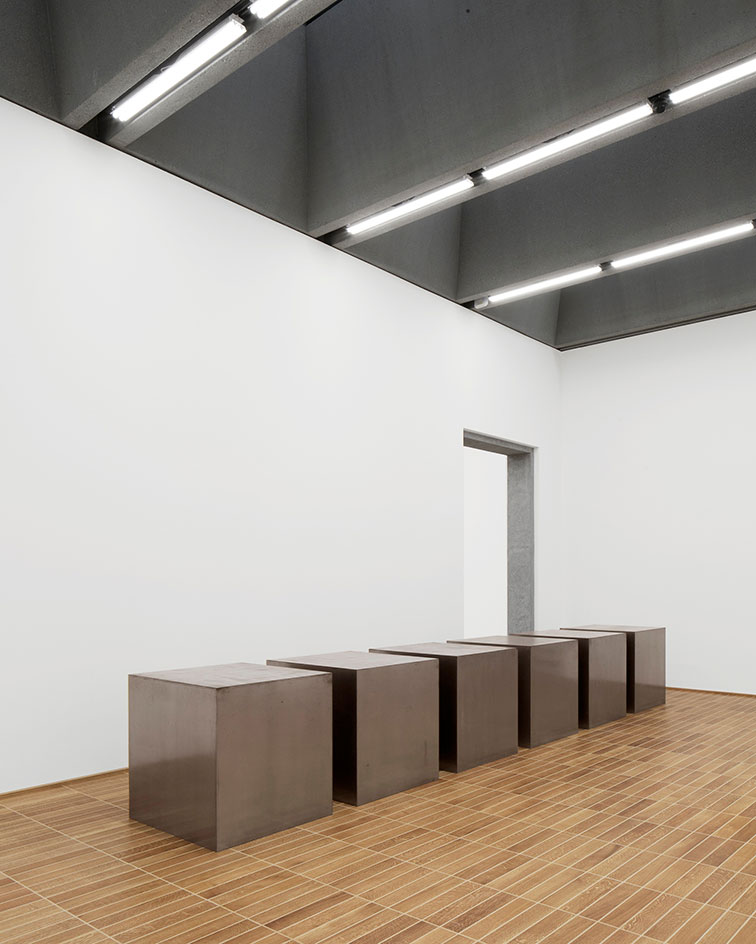
The new Basel Kunstmuseum home – Basel's latest architectural landmark – is now open to the public.
INFORMATION
For more information visit the website of Christ & Gantebein
ADDRESS
Kunstmuseum Basel
St. Alban-Graben 16
4051 Basel
Switzerland
Receive our daily digest of inspiration, escapism and design stories from around the world direct to your inbox.
Ellie Stathaki is the Architecture & Environment Director at Wallpaper*. She trained as an architect at the Aristotle University of Thessaloniki in Greece and studied architectural history at the Bartlett in London. Now an established journalist, she has been a member of the Wallpaper* team since 2006, visiting buildings across the globe and interviewing leading architects such as Tadao Ando and Rem Koolhaas. Ellie has also taken part in judging panels, moderated events, curated shows and contributed in books, such as The Contemporary House (Thames & Hudson, 2018), Glenn Sestig Architecture Diary (2020) and House London (2022).
-
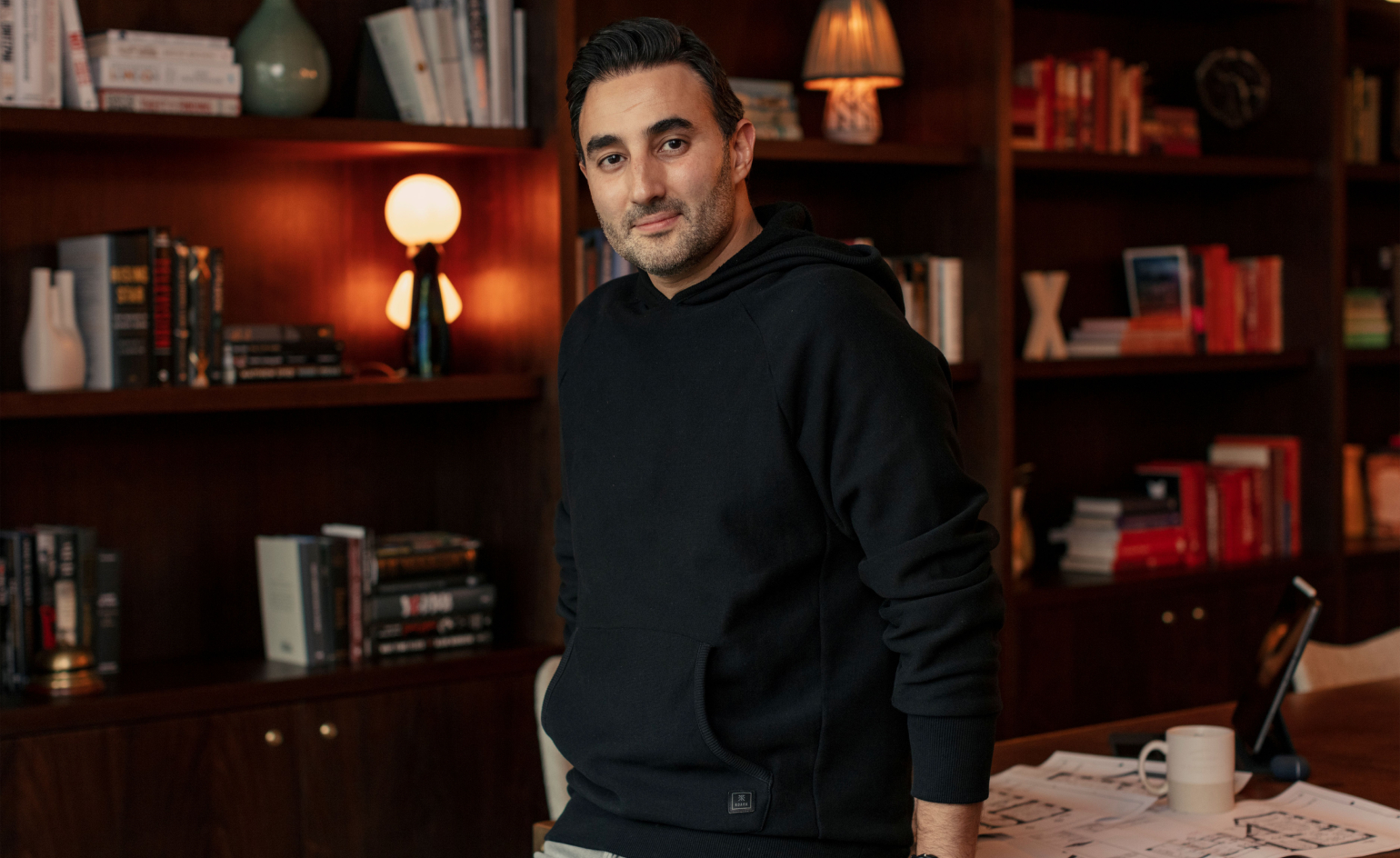 Wallpaper* Design Awards: why Sharan Pasricha is 2026’s Best Host
Wallpaper* Design Awards: why Sharan Pasricha is 2026’s Best HostWe salute the Indian-born, London-based hospitality entrepreneur who can’t stop thinking about ways to upgrade how we live, work and connect
-
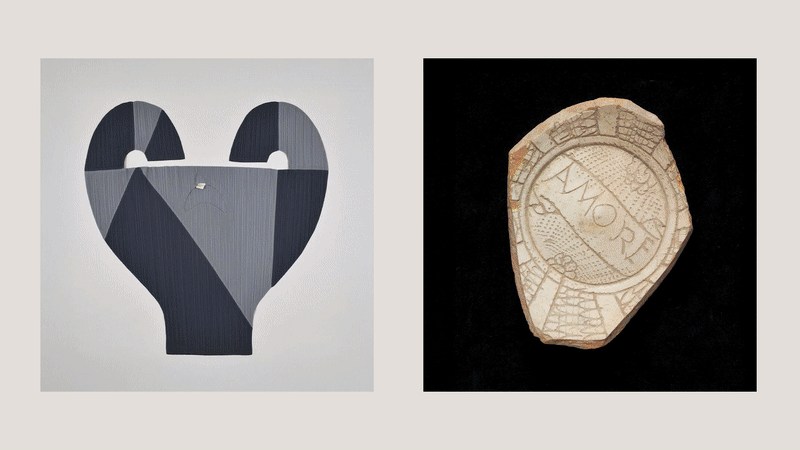 Wallpaper* Design Awards: London’s V&A East Storehouse is Launch of the Year 2026
Wallpaper* Design Awards: London’s V&A East Storehouse is Launch of the Year 2026Designed by Diller Scofidio + Renfro, the V&A family’s latest outpost turns the museum concept on its head, offering a revolutionary peek into the daily life of the institution’s Wunderkammer of a collection
-
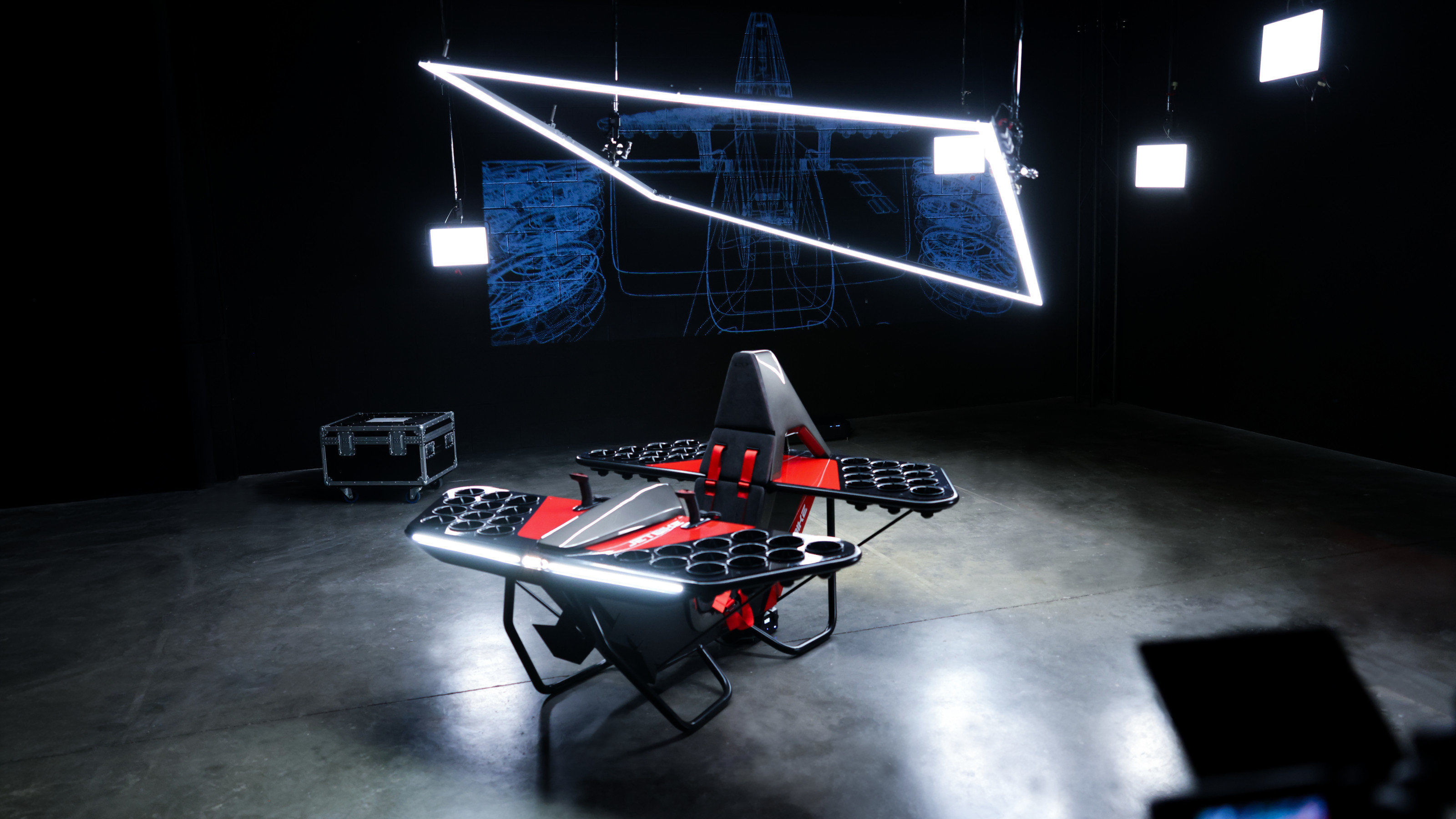 From jet bikes to electric speedsters, the CES debuts that might just fly
From jet bikes to electric speedsters, the CES debuts that might just flyCES 2026 brought new releases in the world of mobility tech, including a host of automotive AI innovations. We’ve rounded up the show's key debuts
-
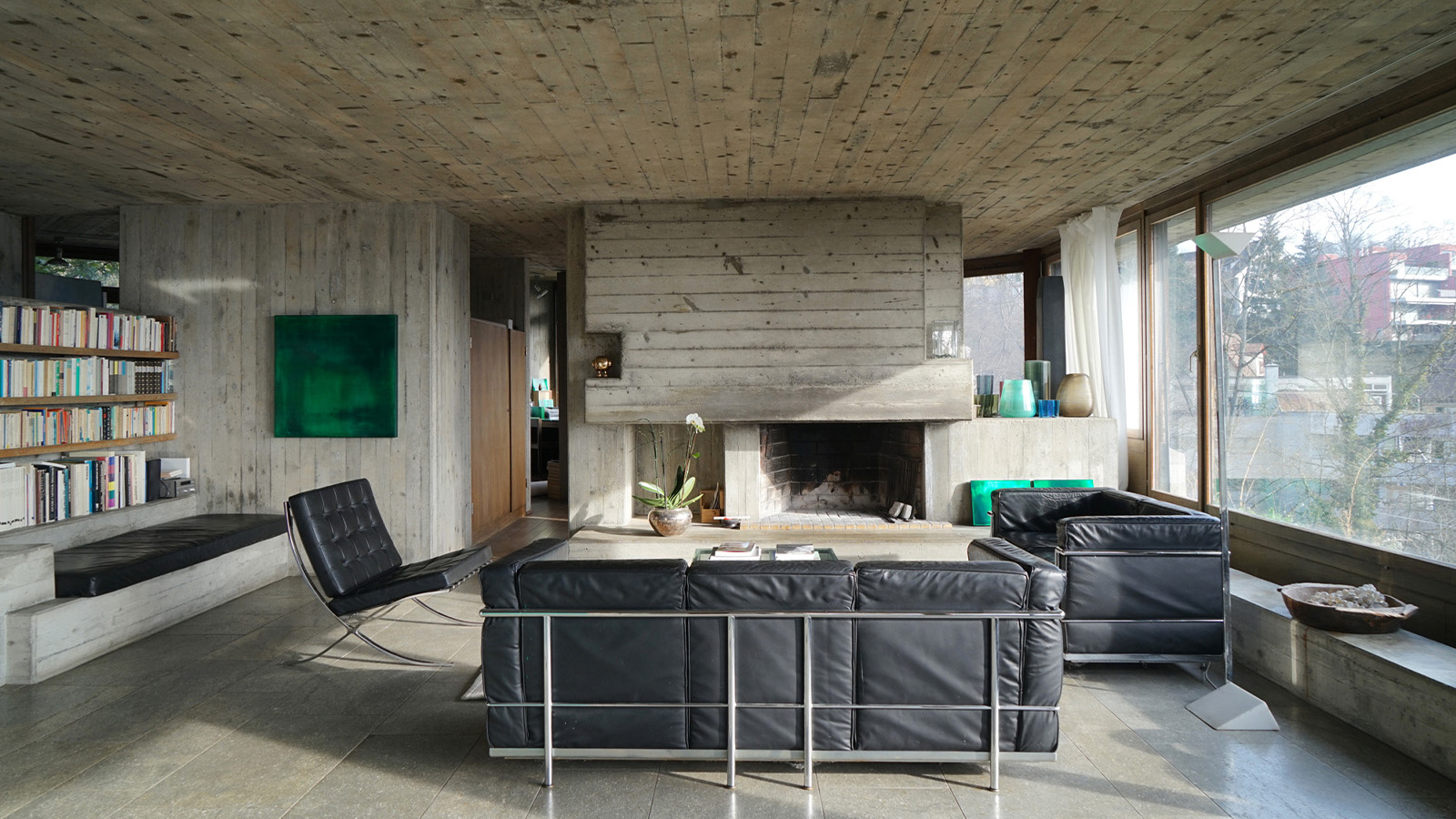 Inside architect Andrés Liesch's modernist home, influenced by Frank Lloyd Wright
Inside architect Andrés Liesch's modernist home, influenced by Frank Lloyd WrightAndrés Liesch's fascination with an American modernist master played a crucial role in the development of the little-known Swiss architect's geometrically sophisticated portfolio
-
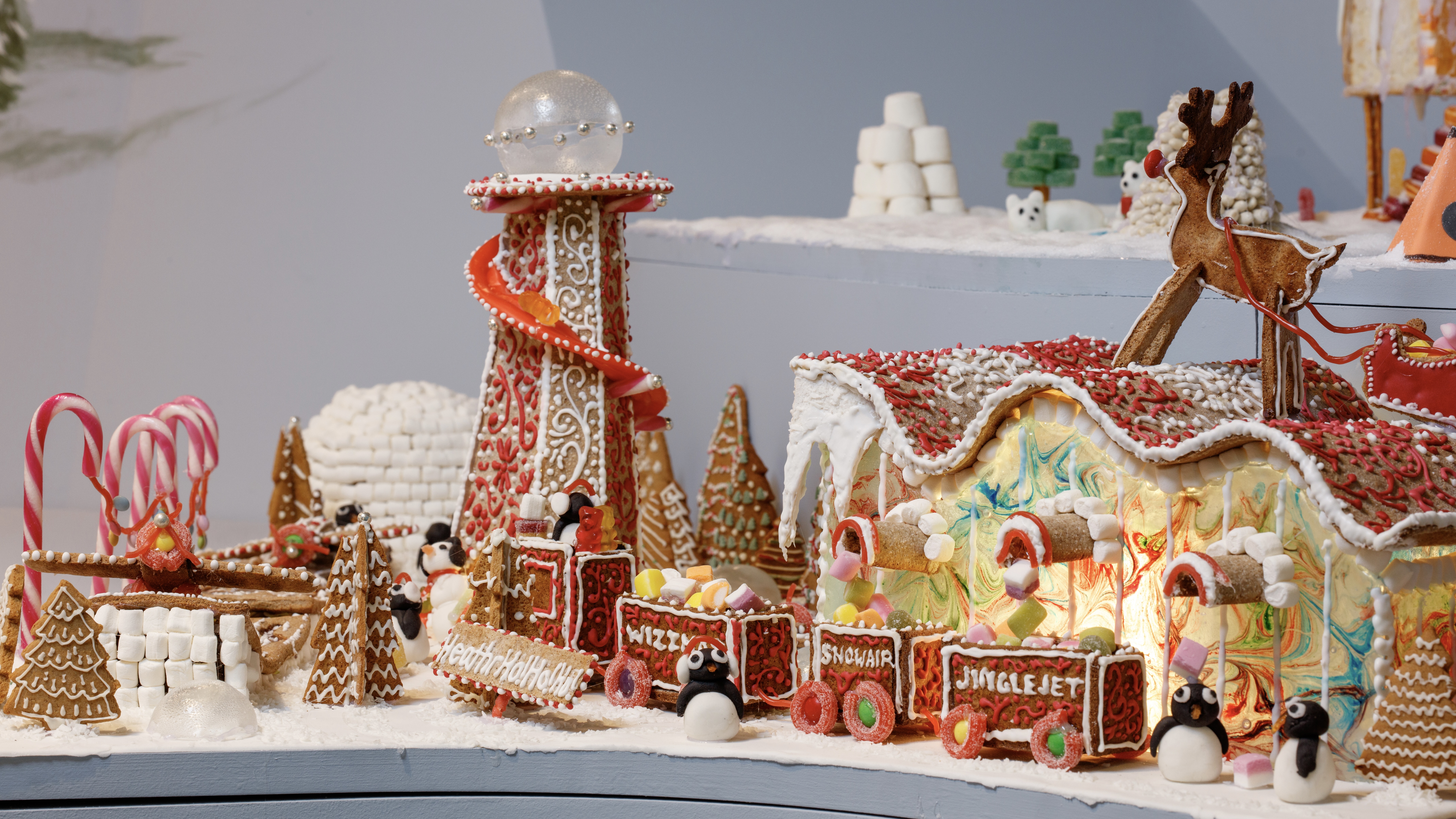 Welcome to The Gingerbread City – a baked metropolis exploring the idea of urban ‘play’
Welcome to The Gingerbread City – a baked metropolis exploring the idea of urban ‘play’The Museum of Architecture’s annual exhibition challenges professionals to construct an imaginary, interactive city entirely out of gingerbread
-
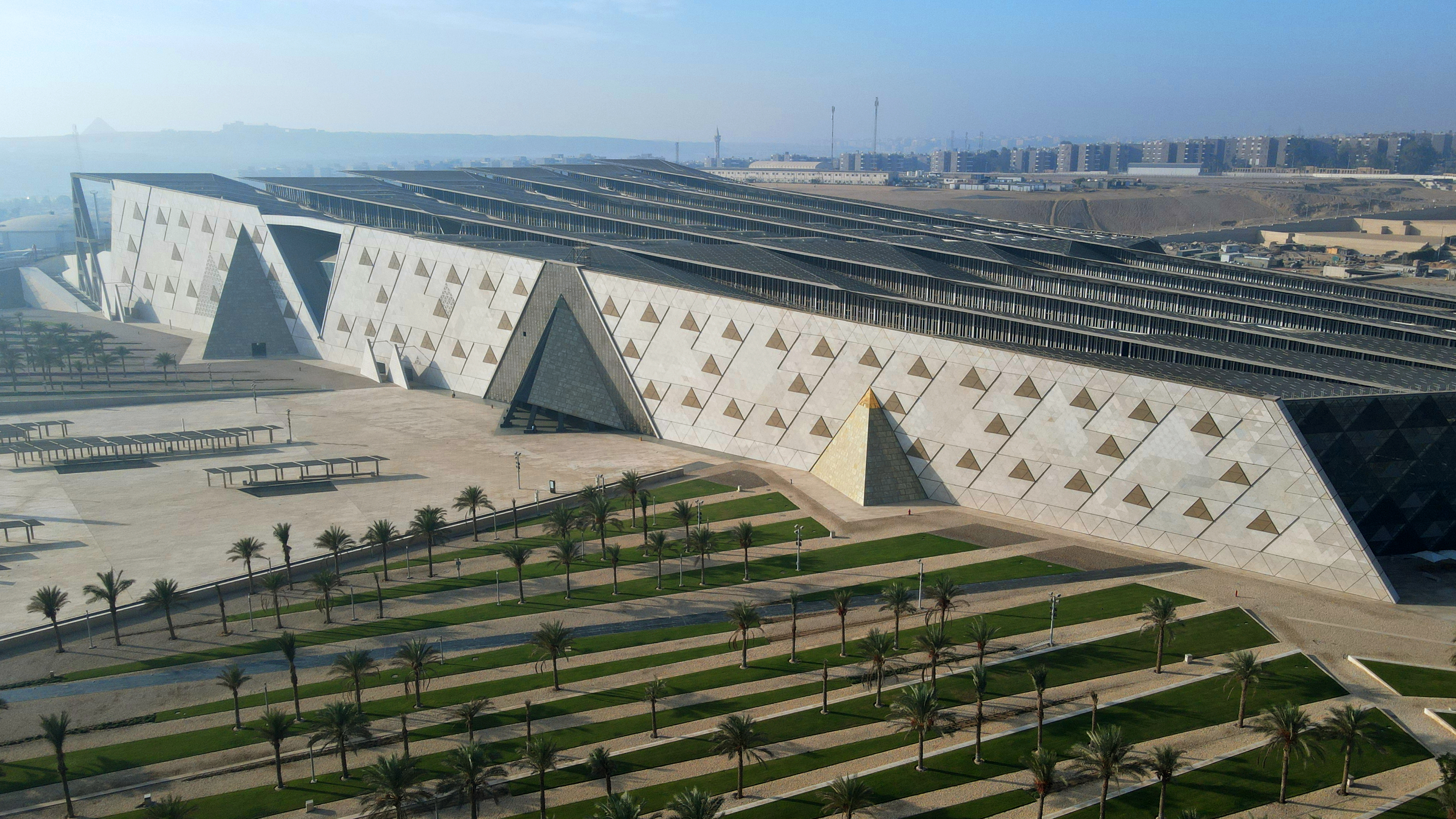 The Grand Egyptian Museum – a monumental tribute to one of humanity’s most captivating civilisations – is now complete
The Grand Egyptian Museum – a monumental tribute to one of humanity’s most captivating civilisations – is now completeDesigned by Heneghan Peng Architects, the museum stands as an architectural link between past and present on the timeless sands of Giza
-
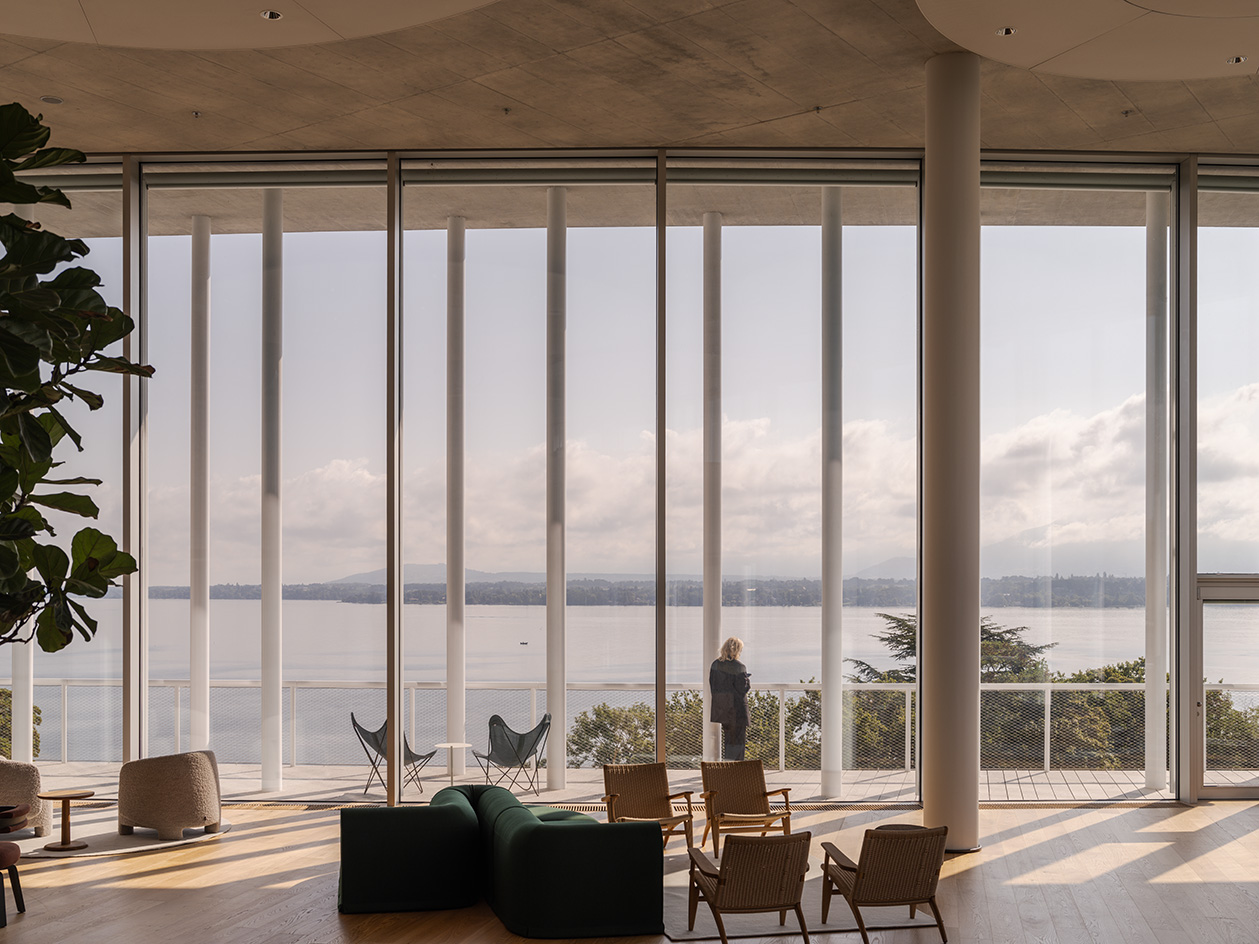 A building kind of like a ‘mille-feuille’: inside Herzog & de Meuron’s home for Lombard Odier
A building kind of like a ‘mille-feuille’: inside Herzog & de Meuron’s home for Lombard OdierWe toured ‘One Roof’ by Herzog & de Meuron, exploring the Swiss studio’s bright, sustainable and carefully layered workspace design; welcome to private bank Lombard Odier’s new headquarters
-
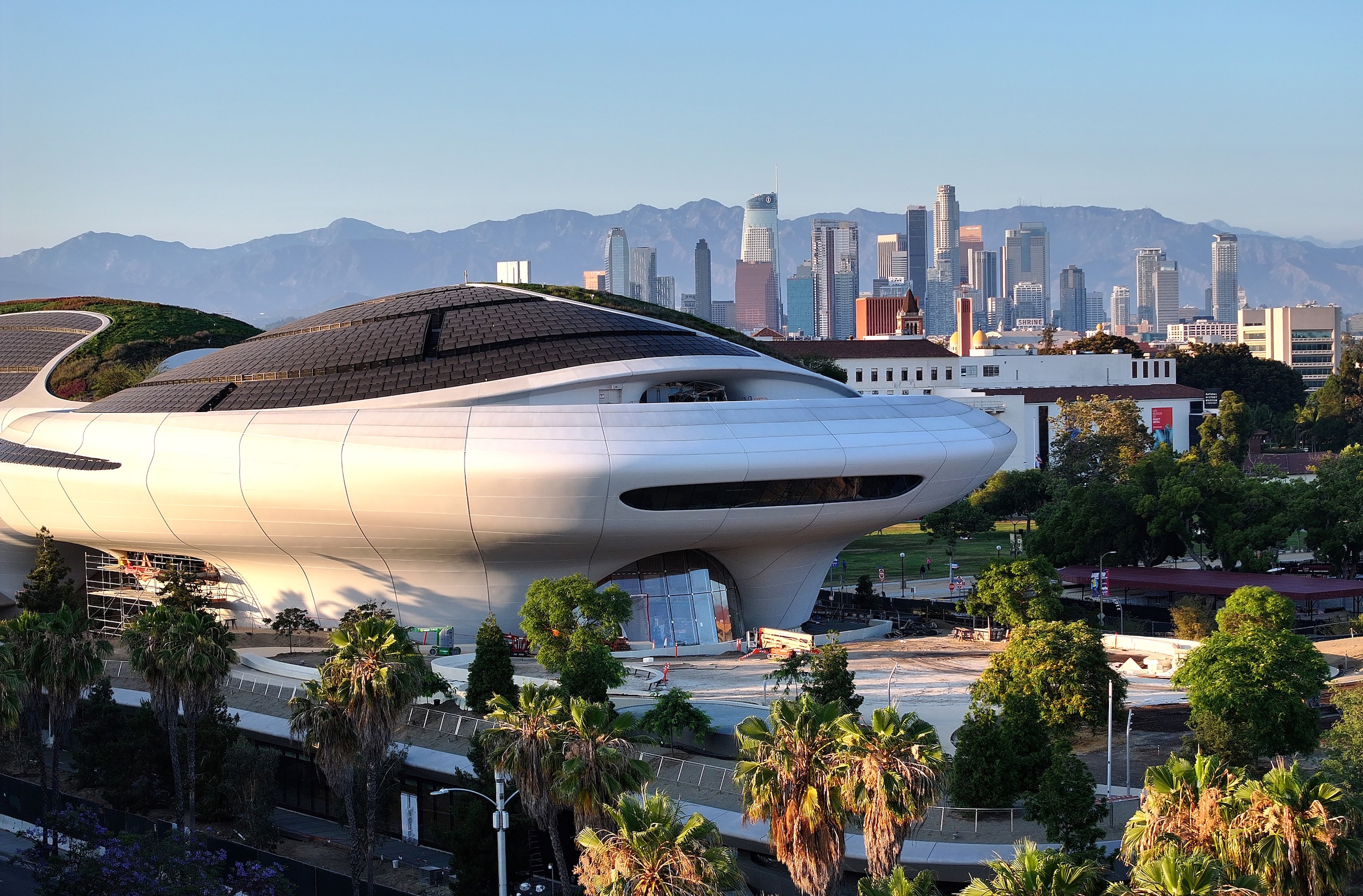 George Lucas’ otherworldly Los Angeles museum is almost finished. Here’s a sneak peek
George Lucas’ otherworldly Los Angeles museum is almost finished. Here’s a sneak peekArchitect Ma Yansong walks us through the design of the $1 billion Lucas Museum of Narrative Art, set to open early next year
-
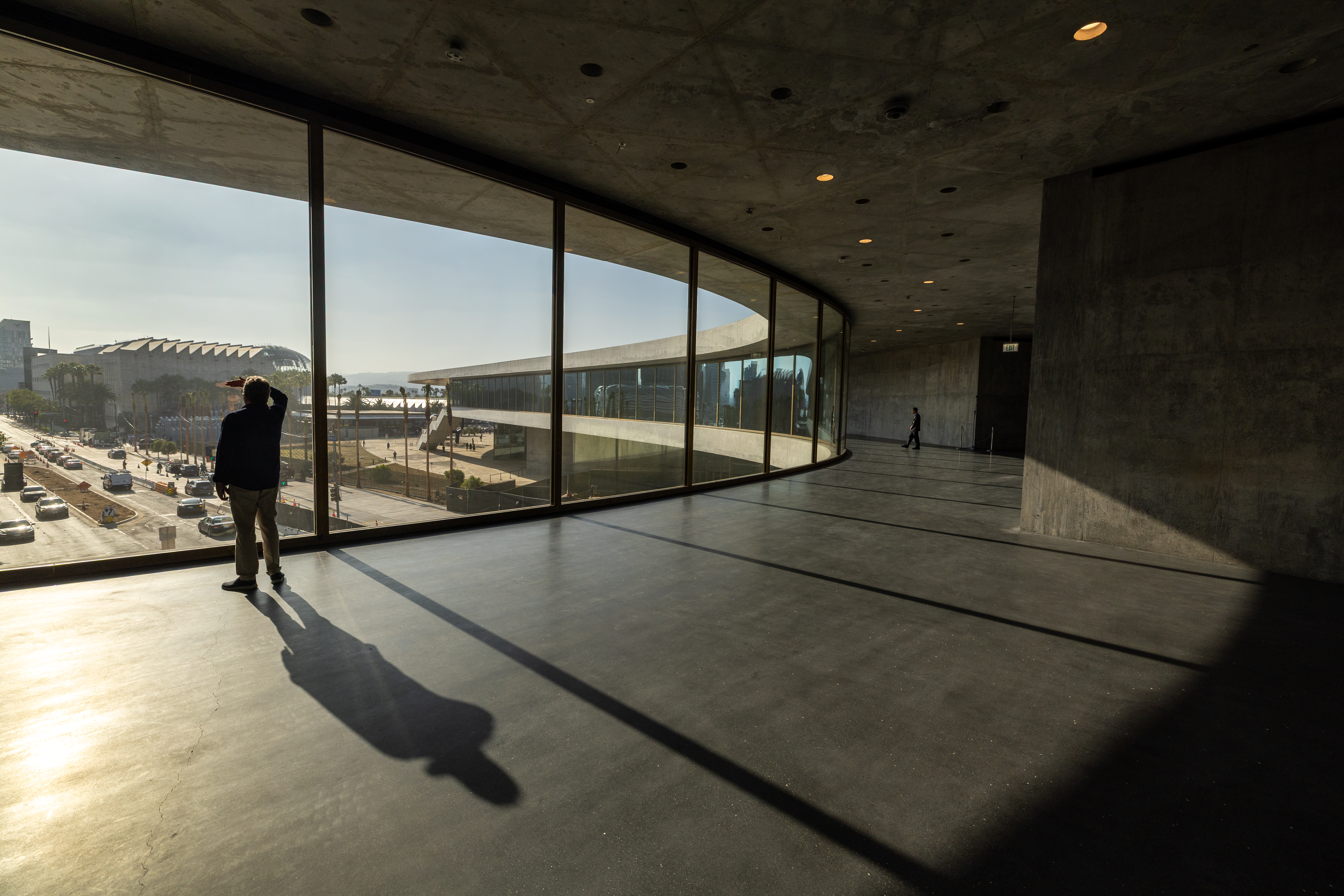 The great American museum boom
The great American museum boomNine of the world’s top ten most expensive, recently announced cultural projects are in the US. What is driving this investment, and is this statistic sustainable?
-
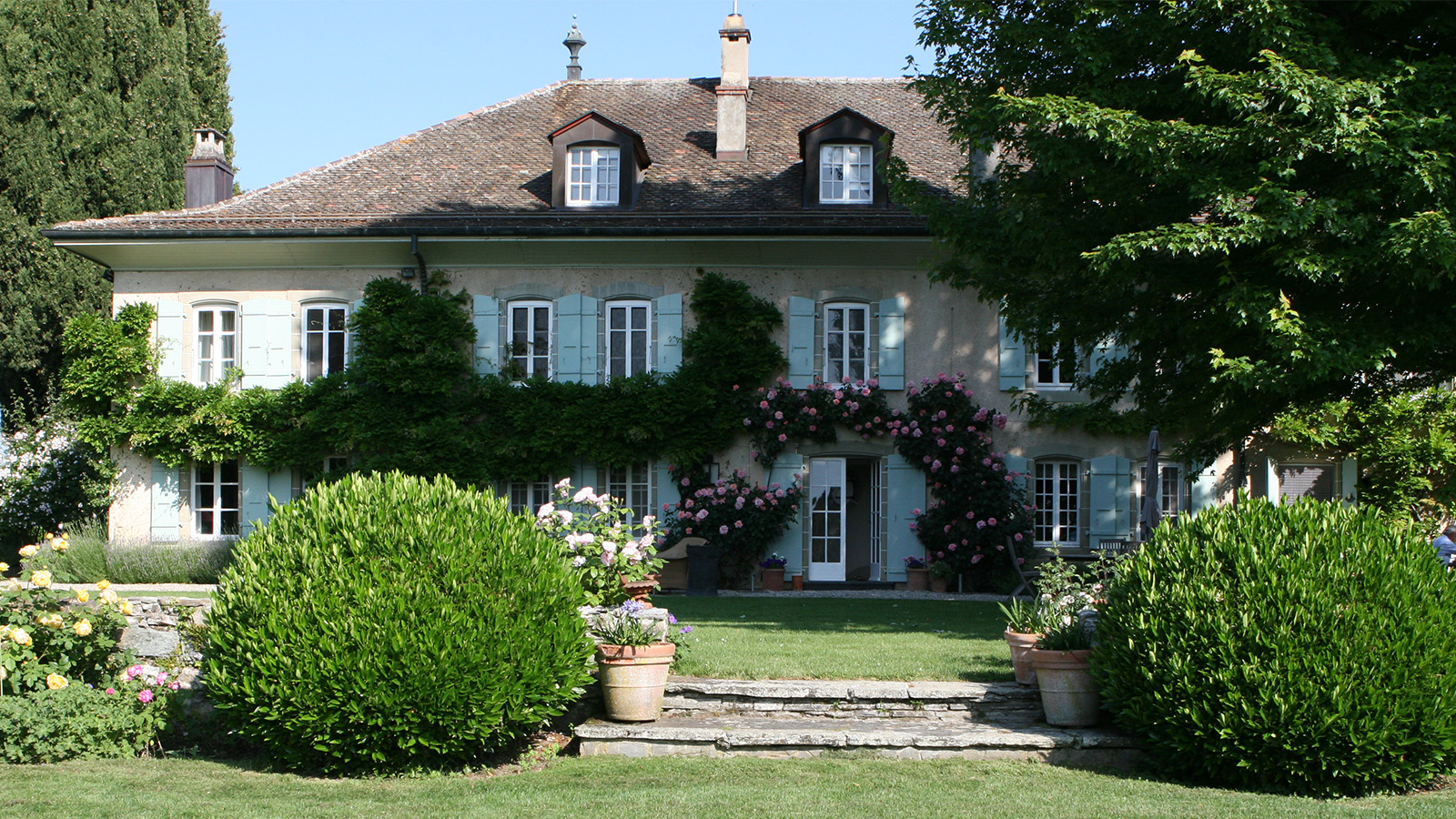 Audrey Hepburn’s stunning Swiss country home could be yours
Audrey Hepburn’s stunning Swiss country home could be yoursAudrey Hepburn’s La Paisable house in the tranquil village of Tolochenaz is for sale
-
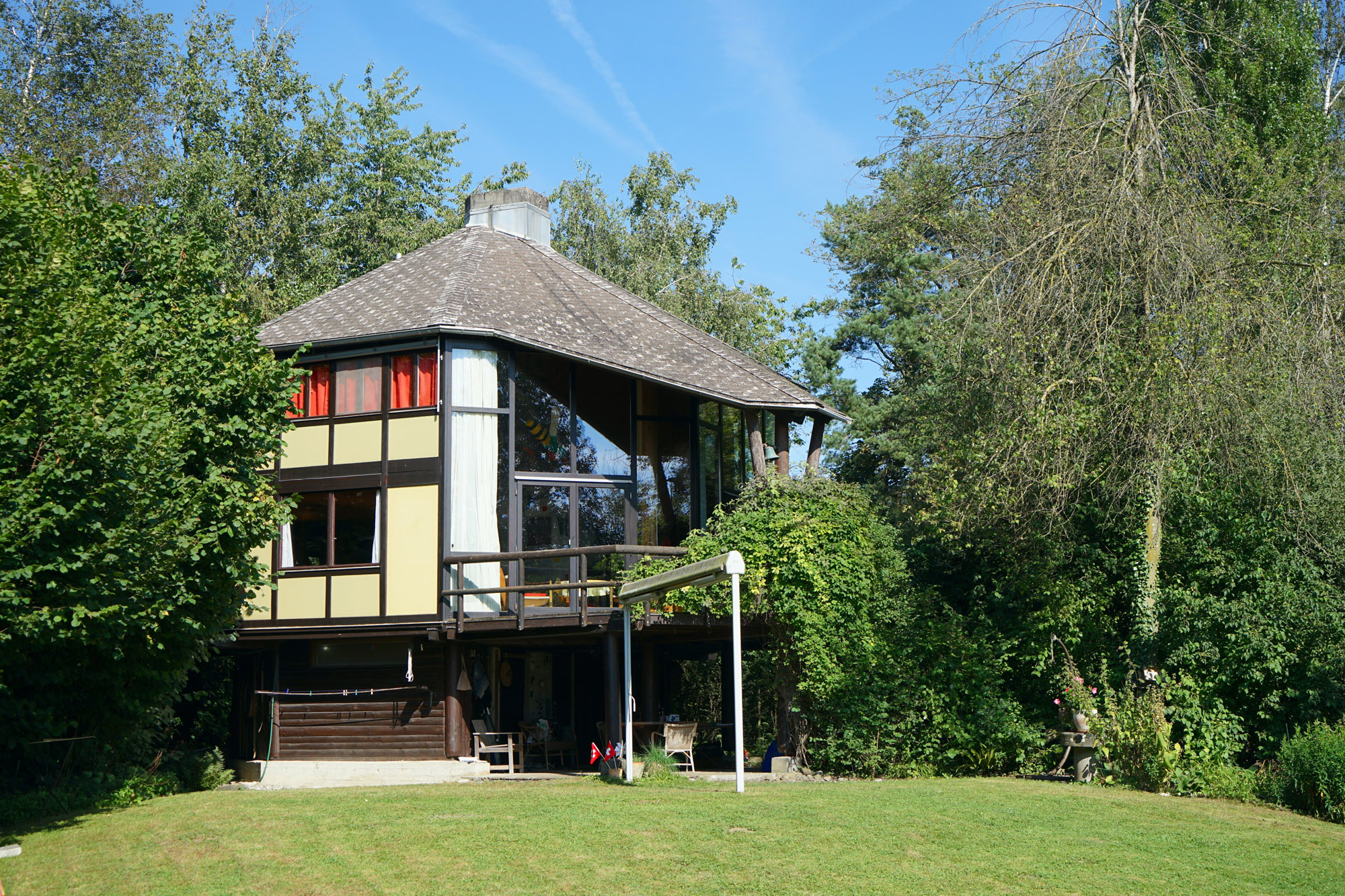 Meet Lisbeth Sachs, the lesser known Swiss modernist architect
Meet Lisbeth Sachs, the lesser known Swiss modernist architectPioneering Lisbeth Sachs is the Swiss architect behind the inspiration for creative collective Annexe’s reimagining of the Swiss pavilion for the Venice Architecture Biennale 2025